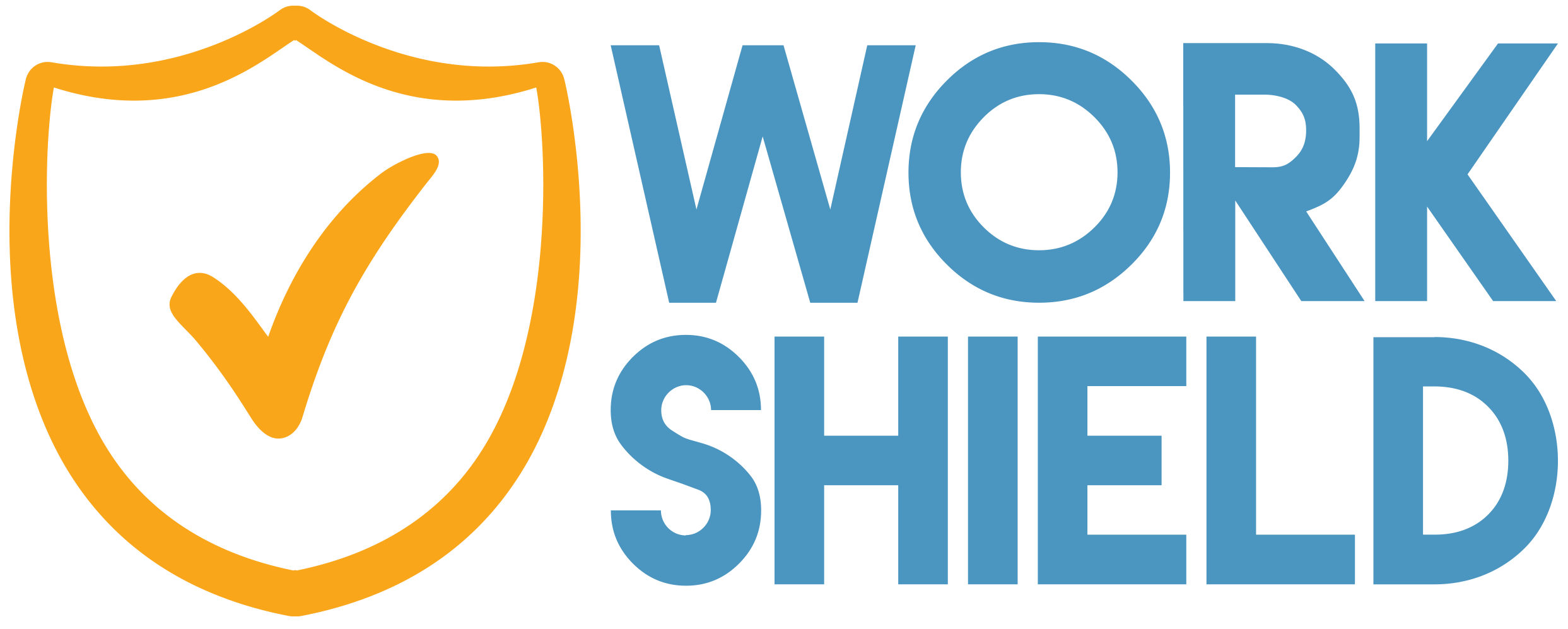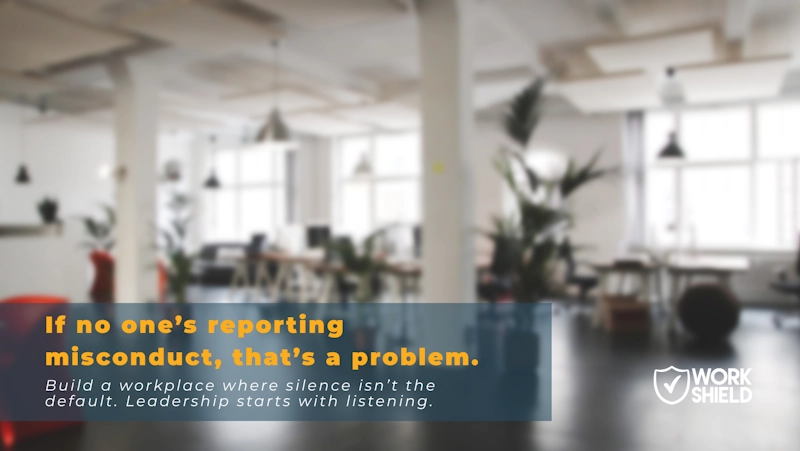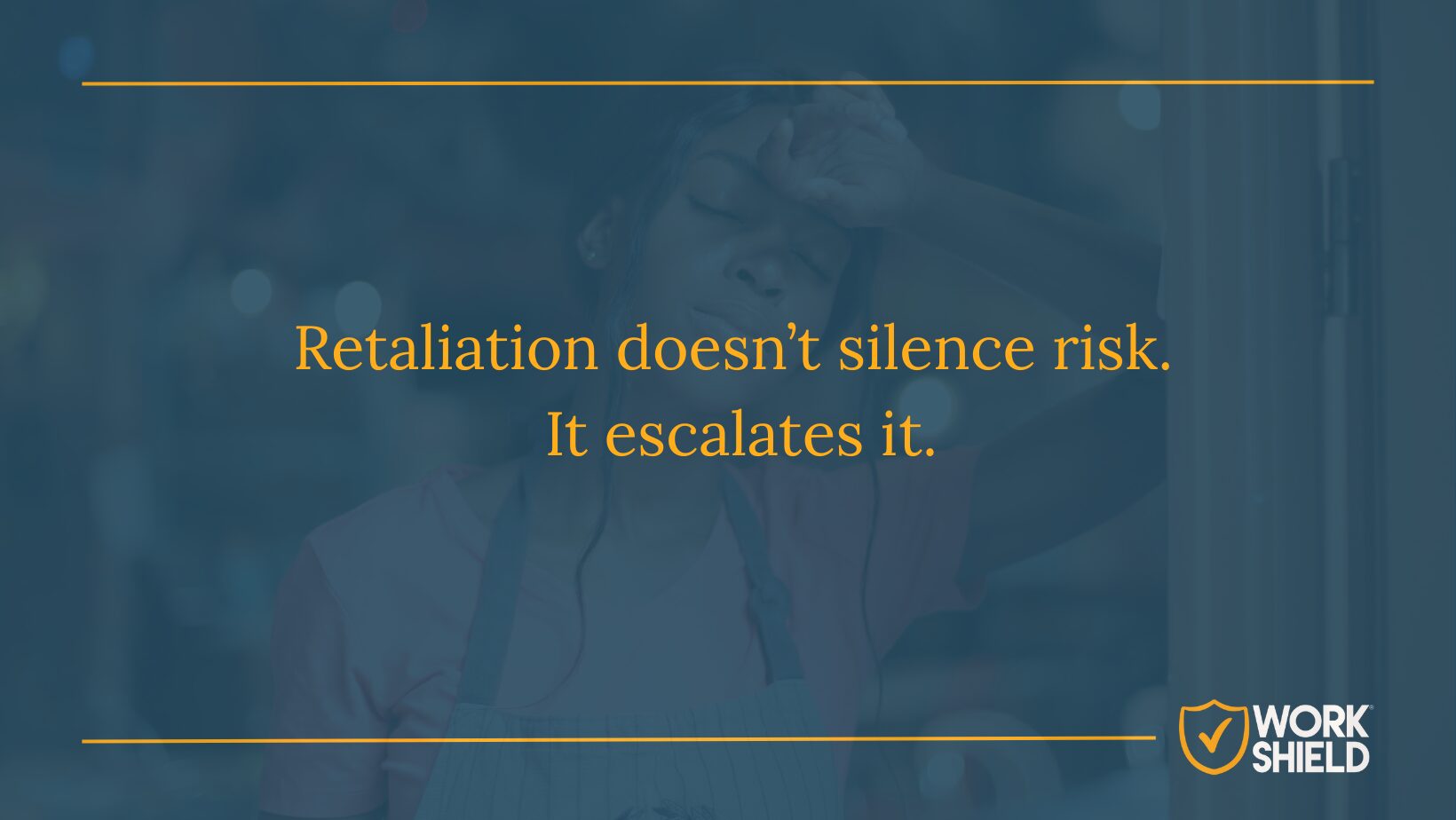Workplace culture is more than having good snacks in the breakroom and a casual Friday dress code. A positive work culture is an environment where employees feel safe, are productive and have successful team interactions, which drives positive outcomes for the business. In fact, research shows that 94% of executives believe that a distinct workplace culture is vital to an organization’s success. Additionally, 46% of job seekers report company culture as very important when choosing to submit a job application to a specific place of work.
With such an emphasis on culture from both employers and employees, it’s important for leaders to keep a finger on the pulse of this crucial piece of the workplace dynamic. If management isn’t cautious, an organization’s most valuable asset can quickly become an increasing liability. One study found that 30% of employees expect to experience a cultural crisis like sexual harassment, gender discrimination or poor leadership behavior. If leadership isn’t intentional about creating a positive workplace culture, unwanted behaviors and toxicity can quickly creep in and damage morale.
As organizations work to maintain an environment where all employees are valued, heard and respected, it’s imperative to be proactive rather than reactive. Being on guard for signs that your workplace culture is a liability can minimize the risk of costly lawsuits. According to the EEOC, employers paid out $68.2 million to employees in 2019. And, the average cost to an organization for a harassment claim is between $75,000 and $125,000.
Understanding the reputational and financial damages that a harassment claim can have on an organization, it’s important for management to detect when their organization’s culture is shifting from healthy to toxic.
Here are a few signs that your workplace culture is a liability.
1. Lack of accountability
A high-functioning workplace culture must include accountability. This may seem simple, but one study shows that 18% of CEOs report “holding people accountable” as their biggest weakness. Enforced accountability and follow through by leadership increases trust and confidence in other employees, which contributes to a healthy workplace culture. Morale will suffer when employees witness their colleagues getting away with bad behavior such as tardiness, missed deadlines or poor performance.
Also, when employees see unwanted behaviors go without consequence, they may be less likely to report misconduct. This is not a risk employers should take, as studies show that 60% of all misconduct observed at work goes unreported. A lack of accountability in the workplace only increases the likelihood of unreported misconduct, further damaging culture.
2. Lack of diversity, equity and inclusion (DE&I)
DE&I is a vital aspect of an organization. Highly inclusive businesses are reported to be more likely to hit financial target goals by up to 120%. Additionally, organizations with racial and ethnic diversity are 35% more likely to have increased ROI. Similar to the positive outcomes of DE&I initiatives at work, the negative outcomes from a lack of it can be just as impactful. Many organizations realized the importance of combating sexual harassment and gender discrimination during the #MeToo movement. In fact, more than half of organizations revisited their sexual harassment policies during this pivotal time. Although this shift took place, there is still work to be done, and the lack of diversity, equity and inclusion is an indicator of cultural risk.
Interestingly, certain industries are more at risk of lacking diversity. For example, studies show that 40% of people who leave the tech industry cite mistreatment like harassment, stereotyping and micro-aggressions as a major factor in their decision to leave.
3. Poor behavior from leadership
You’ve heard the saying, “It starts at the top.” This holds true for workplace culture. Abusive behavior displayed by leadership can spread through an organization, leaving a damaged culture in its wake. Employees look to leadership to set the tone of acceptable behaviors within an organization. If they see poor behavior being tolerated or displayed by those at the top, they’re likely to assume that the behavior reflects the organization’s values. One report shows that 50% of employees feel that their own performance would improve if their direct supervisor received additional people management training.
A lack of accountability, a lack of DE&I and poor behavior from leadership are all signs that your workplace culture might be a liability. It’s important to monitor warning signs and get ahead of any potential issue that could rapidly poison your organization’s culture. A few quick ways to strive toward a positive workplace culture is to revisit your core values, make transparency a priority and celebrate team wins. Along with these steps, it’s crucial that your business has a plan to mitigate misconduct claims as soon as they arise. Combating issues quickly and efficiently is key to maintaining a thriving culture. Work Shield is the cutting-edge solution for resolving misconduct and creating an open and positive culture of integrity and trust. To learn more about Work Shield’s solution, contact us here.
About Travis Foster
Travis heads up Work Shield’s legal department and is known to be something of a jack of all trades – he is an experienced entrepreneur, as well as an attorney with a mechanical engineering background who designed and managed projects in both the energy and public utilities industries. Travis also contributes his wealth of capital knowledge and growth strategies for businesses to the Work Shield team.
Follow him on LinkedIn.





